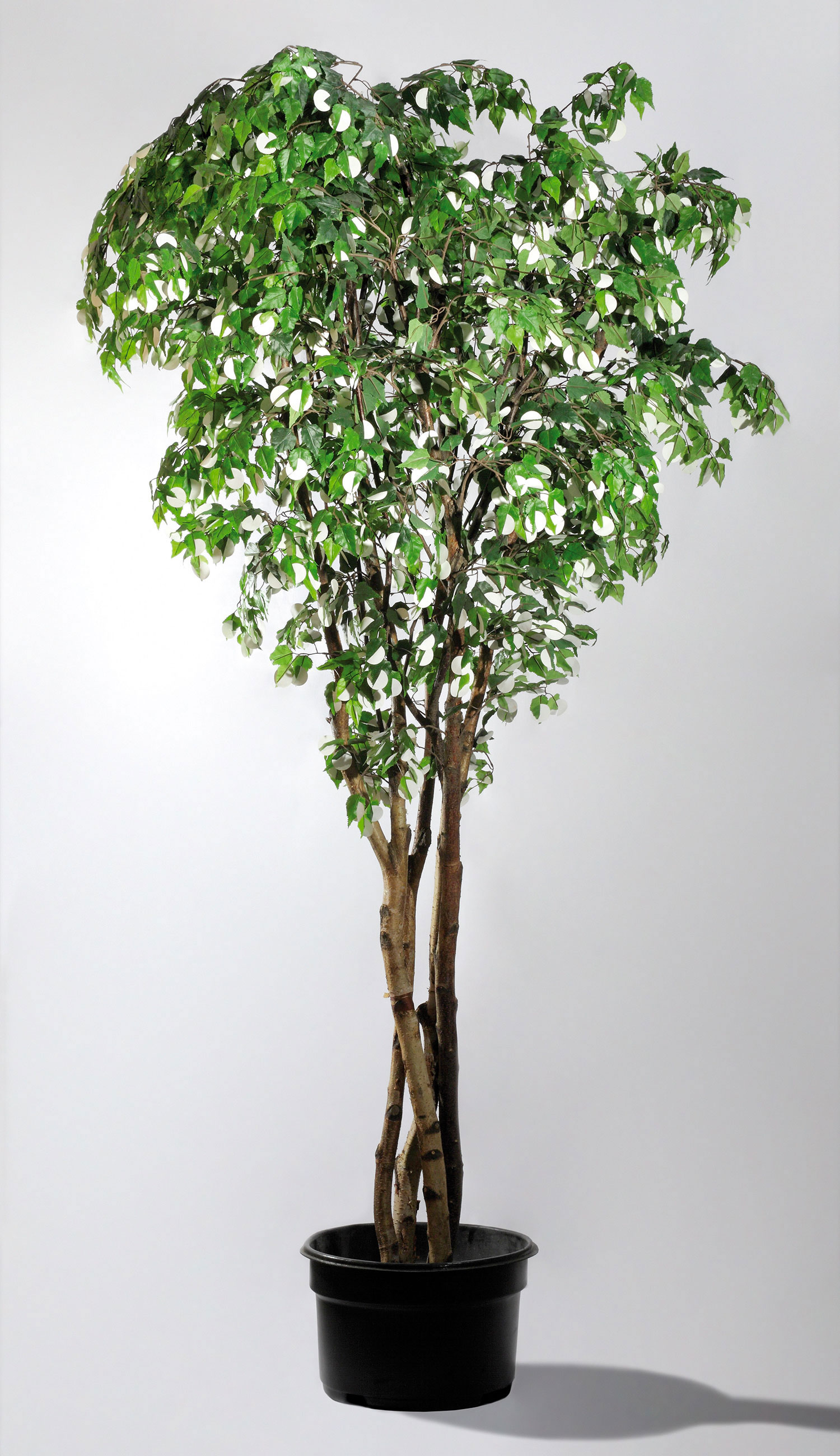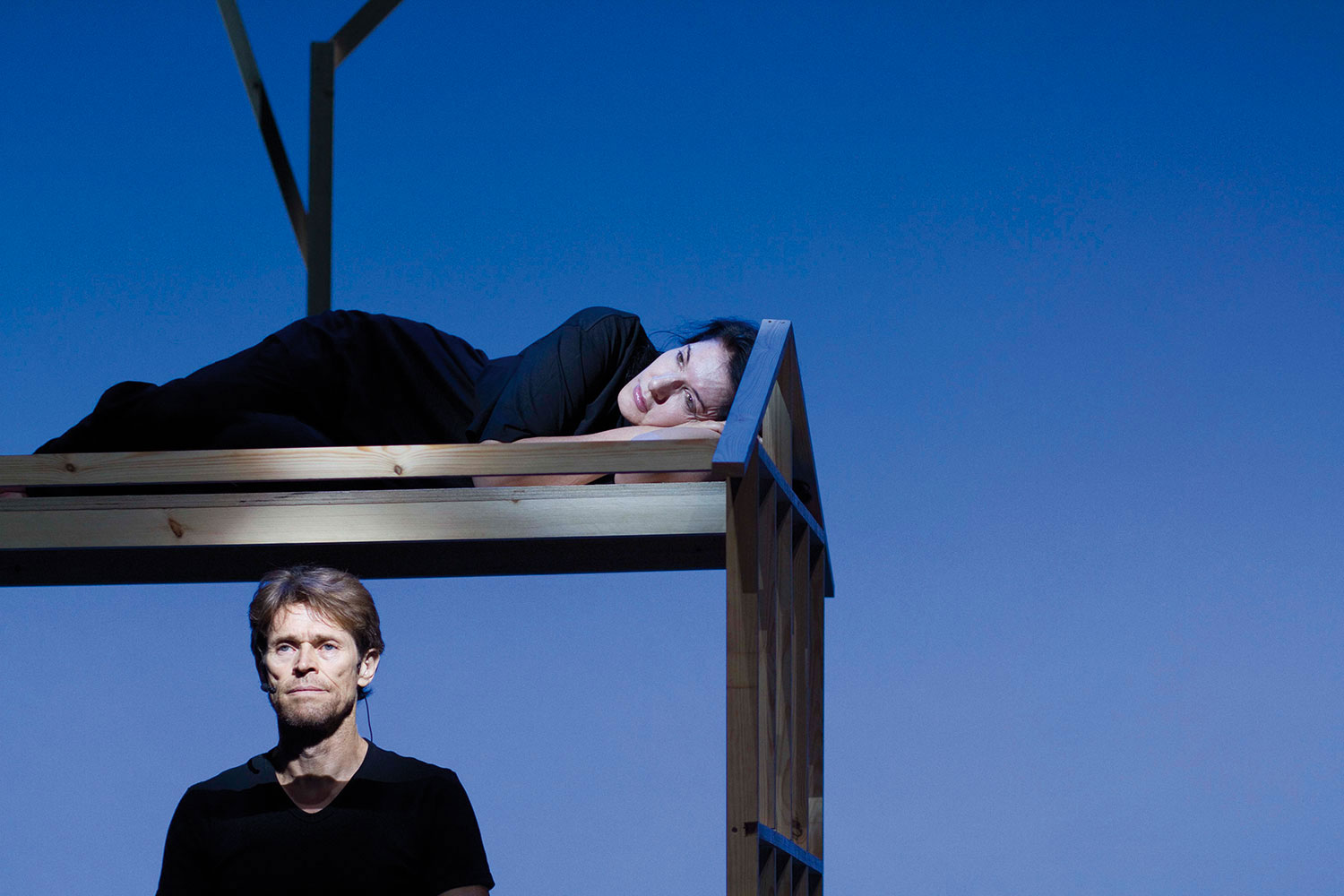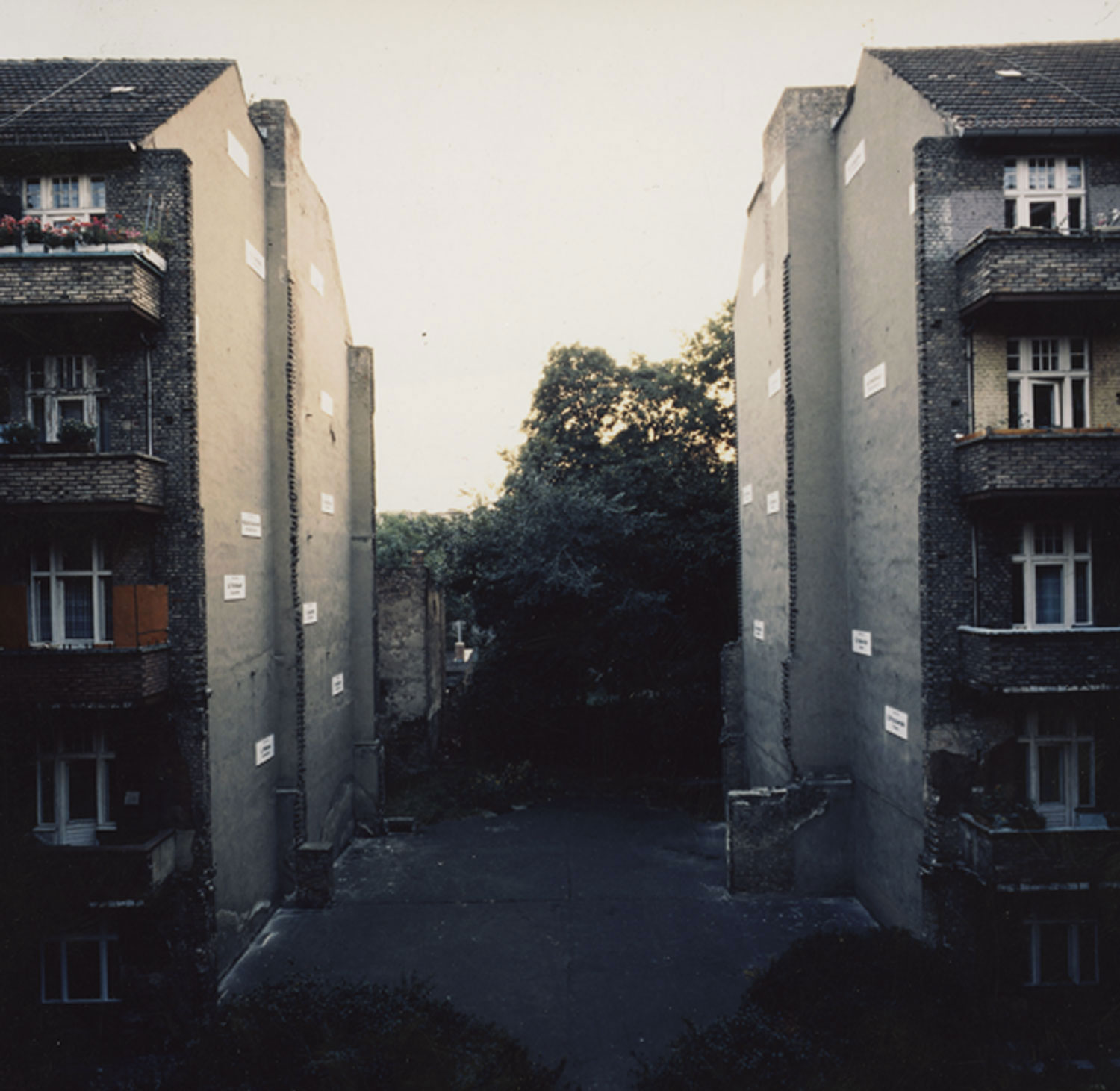
“…to write in this notebook is to reclaim ideas for myself.”1
To engage with Lygia Clark’s oeuvre is to explore a web of incessant exchanges and connections so rich with coherence and life that it becomes impossible to outline its boundaries. Clark’s writings do not function as a means for understanding a given work. They are an expansion of her artistic practice, resisting hierarchies and demarcations. Her writings are her work: we encounter projects, studies, sketches, trajectories, paths, obstacles, fears, ambivalences, dreams, accomplishments, commentaries, failures. As Clark says: “I would like to take all my notebooks and make a connection with the work I was making during each dream, linking work, reality and dreams as the process of my whole struggle for the integration of everything.”2 It is through her writings that we can trace those connections.
Her written production is vast but at the same time highly focused. The writings make it possible for Clark’s readers to not only understand the way in which Clark lived through and archived her own work, but also to sensorially activate and multiply it; it is a trajectory in which lived-through experiences permeated the core of her artistic and intellectual concerns. In Clark’s writing we find doubts, fears and affections; the symbolic value of giving birth, re-enacted by her each time a new work of art was created, and the reluctance of the art world at the time to understand her artistic endeavors. They are recorded in the form of statements, silent pauses and instants of rage that can be identified in the aesthetic power of her work. Nevertheless, we find an intellectual with challenging, impressively incisive positions regarding the modus operandi of the art circuit; a solid determination in taking the role of a “non-artist” (no compromises with labels or formulas, either for the market or in service to the idea of “beauty”); the mobilization of Rio de Janeiro’s avant-garde in the ’60s and ’70s; and the life in Paris — she lived in France in the late ’50s and again between 1968 and 1976. To a question posed by a journalist about her “visual work” in 1959, Lygia Clark answers: “Every artist is suicidal. Why? Because he jumps wholeheartedly, and risks committing entirely to the surface with which he is going to work. And when he does it, he hasn’t the slightest guarantee that he is right in what he is trying to do.”3 Lygia Clark was essentially a researcher, and her object of study was humankind.
“I never experienced the series Clothing-Body-Clothing (1967) nor the Sensorial Masks (1967). I have no desire or curiosity to dress in them. I am only interested to know the experiences of the person who puts them on. The viewer has felt as if he had taken LSD, or is being spied upon by millions of eyes or even terrified, spewing out on the streets.”4 Lygia Clark’s work activates experiences and memories that are made to surface as connected to the present and shaped in the form of an object. In one of the sessions of Structuring the Self (1976-88) — filmed by Mário Carneiro and titled Memória do corpo [Memory of the body, 1984] — she activated through the body, rather than through language, and with the help of her “relational objects” a kind of archive of memories and affections that laid on the “surface” of the subject and were in a state of “sleep.” While holding a piece of oakum Clark states: “A patient brought this piece of oakum and placed it inside his bathing suit. He said it was used to cover his vagina. He was a man, but he experienced his vagina…His whole problem was in relation to his father.”
Her “relational objects” gave rise to dualities, to subjective and personal experiences and explorations. For instance, the objects containing water were endowed with two registers: the production of sound and the balancing of weight. Depending on how they were handled, they could be perceived as light or heavy; accordingly, depending on the ambient temperature, the water could be warm or cold. They were sensorially embedded. The moment the spectator, resentful of frailties and in need of affection, lives and experiences all possibilities offered by the object of art was described by Clark as a “full emptiness,”5 a “suspended time of reality,” “a flash of this infinity materialized in finitude.”

For Lygia Clark, the spectator’s behavior in relation to her objects was important — no work or proposition carried a single meaning. Usually during the setting up of her installations Clark wrote phrases like: “Please handle” or “Touch.” This wasn’t a politically aggressive attitude toward museums, but a stance and a territorial demarcation of this propositional field that she offered to the spectator and explained in a letter sent to her great friend and confident Hélio Oiticica, who, together with Lygia Pape, was one of her contemporaries and formulated similarly participative proposals: “I think we are now the proponents and, through the proposition, there must be a thought, and when the spectator expresses this proposition he is actually putting together the characteristics of the work of art at all times: thought and expression. And for me everything is connected… The object no longer is there in order to express any concept whatsoever, but so that the spectator can reach, more deeply, his own self.”6 In a conservative society that sticks to rigid rituals demarcating one’s behavior, Lygia Clark was interested in exposing the spectator to the collective: he or she was expected to manipulate pieces, to break with art objects’ separateness and to take in the reactions of other viewers, or “peers.” This scenario was also part of her research. Clark’s work dealt not only with poetic and cognitive issues of the individual, but also with the “collective.”
Clark’s writing belongs to the realm of dreams and hypotheses. It retains memories of a temporal dialogue with the work. Reminiscences and accusations, fiction and reality are mingled, lending her work a potency that can be identified as that of the fold: successive layers of subjectivity in which the subject is a “space of continuous assemblage.” According to Deleuze, subjectivity as a process constitutes an “inside” that is the “outside fold.” The curves of the fold interconnect without our being able to discern the inside from the outside. Lygia Clark’s journals thus become more than a literary practice or an archive of the self. They become an experimental exercise, a field where her daily life is dumped, and a site for her memories. The impasse between the potency and the creation of her propositions, and her dedication in transcribing such events, conjugate a new line of force, a fold, in the sense that it articulates life and work in an indissoluble practice. On March 17, 1969, Clark wrote in her journal: “I dreamt twice that I had lost my very identity. The first time was during my stay in Brazil, the day after I removed the mole on my mouth. The mole has always been my personal mark. Because of it I named my works Bichos [animals] in 1959, for the children. When they saw it, they shouted, ‘animal!’”7
Lygia Clark’s own life is the link throughout her multifaceted practice. Bichos (1959-64) is the result of a practice of continual invention in the midst of a Neo-Concrete aesthetic commitment, and, in a certain way, becomes a kind of anomaly for the market. Is it possible to define as “sculpture” a work that wasn’t meant to be called “sculpture”? Clark’s works of art were surely strange creatures for the art market in Brazil — which was slowly opening up to new approaches at the beginning of the ’60s. The trajectory of Neo-Concrete artists, and especially the later collective propositions by Clark, Oiticica and Pape, laid a border between “modern” and “contemporary.” In the latter, the spectator no longer perceives art as an end product and begins to understand the object as a process. The spectator questions not only the work, but also himself. The object finally affirms that it needs to be undefined.

Between 1963 and 1966, Lygia Clark created a series of works in which the fold became structurally and conceptually formative.8 In this moment, the participation of the spectator, as well as the dialogue with architecture (“Truly, I was never a painter; what most interested me weren’t sculpture or painting, but music and architecture.”9) became the focus of her artistic research. The impossibility of differentiating inside from outside in the space of these works is connected to the most important issue raised by Clark: the “function” of the artist in a moment when the spectator is encouraged to be part of the process. She called this process a “proposition,” which is to say that the art object becomes the intermediary of an experience offered by the “proponent” (no longer the artist) and only acquires meaning or immanence when the (ex)spectator interacts with this object and lends it potency or “layers of subjectivity.” In Walking (1964), Clark declares the end of the work of art in her career. It’s “no” time: non-artist, non-object, non-art. It had nothing to do with nihilism, but rather — and paradoxical as it may sound — with affirmation. In a great deal of her writings she stresses the particular temporality of a spectator folding a strip of paper into a Möbius strip, gluing its extremities, choosing where to start to cut and finally tracing its path. For her it is a space of experience, of absolute participation by a viewer who thus creates his own object. There is no longer a finished work created by the artist, but only choices, paths, fissures that are determined by the spectator alone. “And more: this [passing of] time must be experienced by the spectator, so as to give him the possibility of participating in it. It is collective art in the highest sense.”10
Instead of hiding, the fold reveals this new state of transitoriness in Clark’s work. “Finally an artwork you can kick,” stated Mário Pedrosa in regard to the Soft Works (1964). Clark’s experience is conveyed in an act whose result is unknown; her interest was in the state of becoming, the time of “making the work.” Nevertheless, a state of permanence is created: her diaries leave this condition of potency activated, as well as the memory of the spectators who take part in the proposition. She wrote: “For the first time in my evolution, instead of identifying the new inside myself, I began to discover it in the world, and this must be me walking outside myself.”11 The new is connected to the unknown and to its experience, and is transformed into a “strength” that begins to belong outside. The establishment of a truth no longer depends on the artist — yet another identity is dissolved — but to the possibility for offering poetic fictions, reflections and interlocutions about the world.





